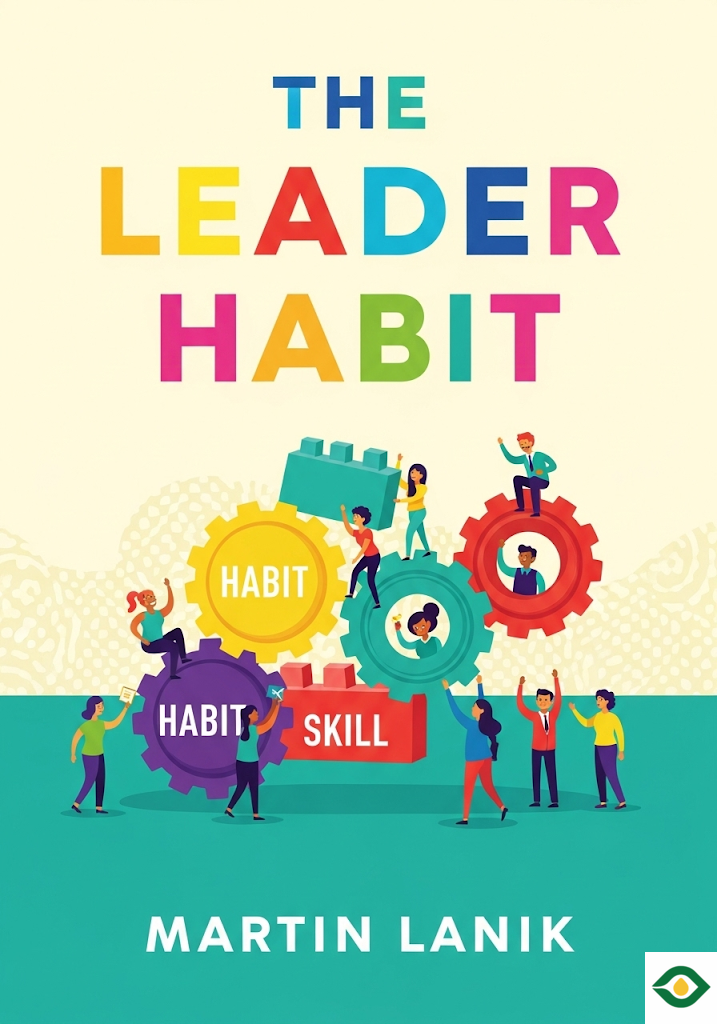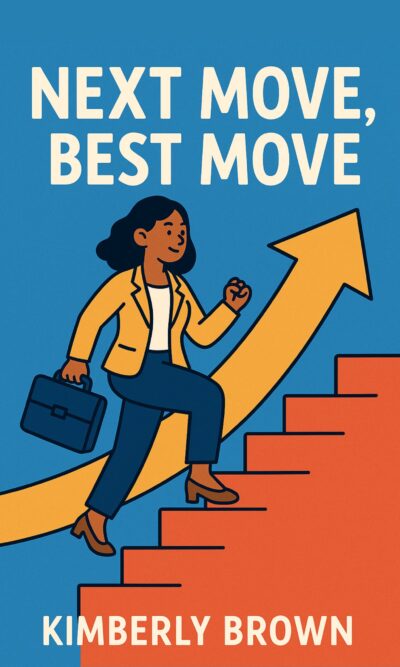Description
Leadership often feels like a mysterious quality that only a few lucky people are born with. We imagine natural leaders stepping into a room and instantly earning respect, guiding teams, and solving problems with ease. But research and real experience show something different: leadership is not magic, and it’s not luck. It is a set of skills that anyone can learn and practice, just like playing an instrument or learning a sport.
The main idea of The Leader Habit is that leadership is built through habits. A habit is simply a behavior repeated so often that it becomes automatic. Just like brushing your teeth every morning, you don’t think much about it—you just do it. The same applies to leadership behaviors. If you want to become a stronger leader, you need to train yourself to act in certain ways until those actions become second nature.
Many people struggle because they try to “learn leadership” by reading theories, attending long seminars, or memorizing complex models. But this rarely changes how they act in real life. What works better is practice—small, clear exercises that connect to real situations. With time, these small exercises turn into reliable habits that show up naturally when you need them.
Think of an emergency room nurse named Laura. She was skilled at her job but often came across as harsh and argumentative. Because of this, she was passed over for leadership positions. Instead of giving up, she started practicing one simple exercise: whenever she spoke to her colleagues, she tried asking open-ended questions like “What do you think?” or “How would you approach this?” At first, she had to remind herself with notes. But over time, it became natural. Soon, people saw her as approachable and respectful. Not only did she get promoted, but her personal relationships improved too. Her transformation didn’t come from reading hundreds of books—it came from building one small leadership habit.
So how exactly do you build these habits? That’s where the Leader Habit Formula comes in. The formula is simple but powerful: connect a small behavior (called a “microbehavior”) to a real-world cue, repeat it often, and notice the rewards that come from it.
A microbehavior is a very small action that contributes to a larger skill. For example, being able to “manage priorities” might sound like a big, complex ability. But if you break it down, it includes small steps like writing down tasks, ranking them by importance, estimating how long each will take, and communicating the plan to others. Each of those small steps is a microbehavior. By mastering them one at a time, you eventually build the bigger skill automatically.
The Leader Habit Formula relies on three elements: cue, behavior, and reward. A cue is a trigger that reminds you to act. For example, hearing someone complain could be your cue to practice active listening. The behavior is the small action you want to turn into a habit, such as asking “What would you like me to do about that?” Finally, the reward is the positive outcome you feel after doing the behavior—such as solving a problem quickly, or simply noticing that people respond better to you. Over time, this loop trains your brain to adopt the behavior without effort.
One of the most effective shortcuts to developing leadership habits is something called a “keystone habit.” A keystone habit is a single practice that naturally strengthens other skills as well. For example, encouraging pizza delivery drivers to wear seatbelts didn’t just improve safety—it also made them signal more often and drive more carefully in general. In leadership, a keystone habit might be asking for feedback regularly. Once you make this a habit, you’ll likely improve at listening, coaching, and motivating others too.
Leadership can be thought of in two broad categories: task-oriented skills (Getting Things Done) and people-oriented skills (Focusing on People). Both are essential, though most leaders tend to lean toward one side.
Task-oriented leadership is about efficiency, planning, and execution. For example, one important skill is organizing work. A strong leader creates clear project plans, sets deadlines, and ensures everyone knows their role. Another critical area is problem-solving and decision-making. Good leaders can analyze information, find patterns, and identify the main issue behind scattered problems. If a team is missing deadlines, fighting, and producing the wrong work, the common theme might be poor coordination. Identifying that theme leads to practical solutions.
People-oriented leadership focuses on relationships, communication, and influence. These skills help you inspire others, negotiate, resolve conflicts, and build trust. One example is learning to overcome resistance to change. People often fear change, but instead of pushing harder, a leader should ask about their concerns, acknowledge them, and show the benefits of the new path. Another people-oriented skill is empowering others—giving them responsibility while showing support, instead of solving every problem for them.
Charisma, too, is not an inborn trait but a skill. You can practice speaking more vividly, using metaphors and examples that capture imagination. A dental hygiene app, for instance, could be described as “a Fitbit for your teeth.” Simple but memorable images like this make leaders persuasive and inspiring.
The truth is, leadership development doesn’t require hours of study. It requires a few minutes of daily practice. Just five minutes a day spent repeating a small exercise can, over weeks and months, transform how you lead. These habits don’t just improve your professional life—they spill over into personal relationships, family, and community.
One important thing to remember is patience. Studies suggest that it takes an average of 66 days to firmly establish a new habit. That might sound like a long time, but the good news is you don’t have to master everything at once. By starting small and building gradually, you’ll see real changes without feeling overwhelmed.
The larger message of The Leader Habit is empowering: leadership is not something you’re either born with or forever lacking. It is something you build. By linking tiny behaviors to everyday cues, and repeating them until they stick, anyone can grow into a strong, effective leader.
The path is simple:
Break big leadership skills into microbehaviors.
Connect each microbehavior to a real cue.
Practice consistently until it becomes automatic.
Use keystone habits to accelerate progress.
Balance task-focused and people-focused skills.
With this approach, you won’t just read about leadership—you’ll live it. Over time, your daily habits will add up to something far greater: the ability to guide, inspire, and achieve lasting results with the people around you.





